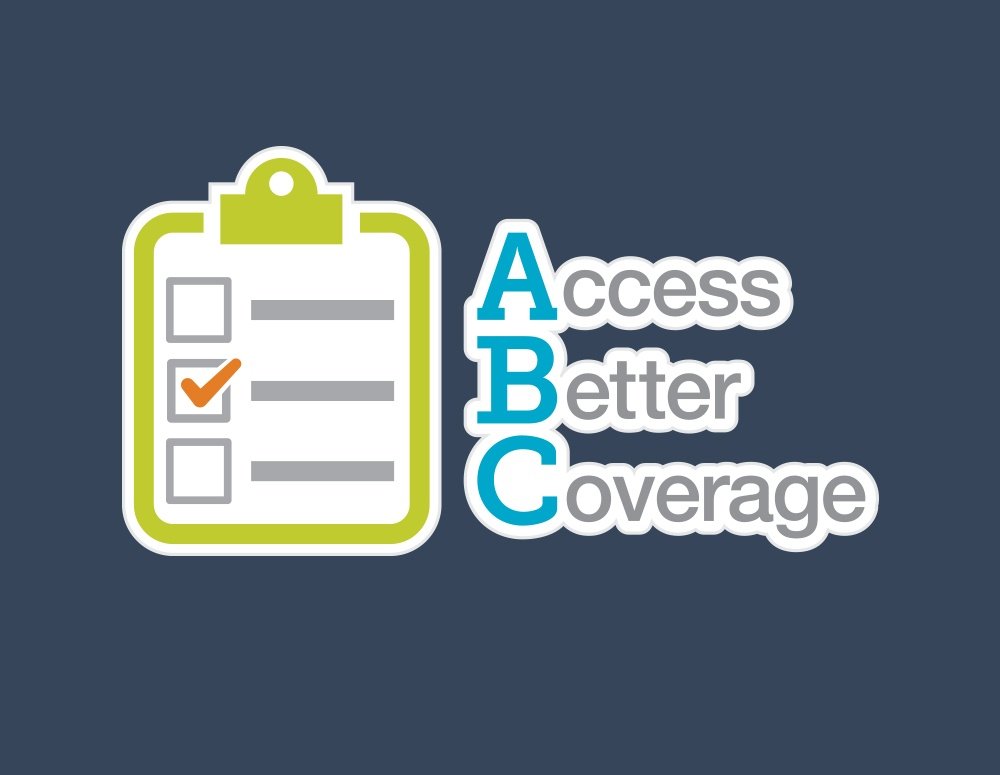Insurance coverage 101
When it comes to health insurance, you have probably heard terms like deductible, copay or coinsurance thrown around. What does it all mean?

Insurance coverage 101.
When it comes to health insurance, you have probably heard terms like deductible, copay or coinsurance thrown around. What does it all mean?

Insurance coverage 101.
 When it comes to health insurance, you have probably heard terms like deductible, copay or coinsurance thrown around. What does it all mean? Cutting through the clutter of health insurance can be a challenge, but it’s important to do to make sure you have access to the treatments and services you and your family need.
When it comes to health insurance, you have probably heard terms like deductible, copay or coinsurance thrown around. What does it all mean? Cutting through the clutter of health insurance can be a challenge, but it’s important to do to make sure you have access to the treatments and services you and your family need.
Watch our Health Insurance 101 video for a quick refresher:
Whether your insurance comes from your employer, a health insurance exchange or shop on your own, we’re about to enter open enrollment season. This is the time to evaluate your coverage and make decisions and changes that work for you.
Make sure you know the questions to ask about coverage and about how insurance covers your medicines. Remember, just because you have coverage that doesn’t mean your plan pays 100 percent of your expenses. Understanding the out-of-pocket costs you may face, especially for the medicines you need, is important in choosing a plan. Here are some of the terms to know:
For more on health coverage visit AccessBetterCoverage.org. Follow us on Twitter to stay informed and join the conversation at #AccessABCs.